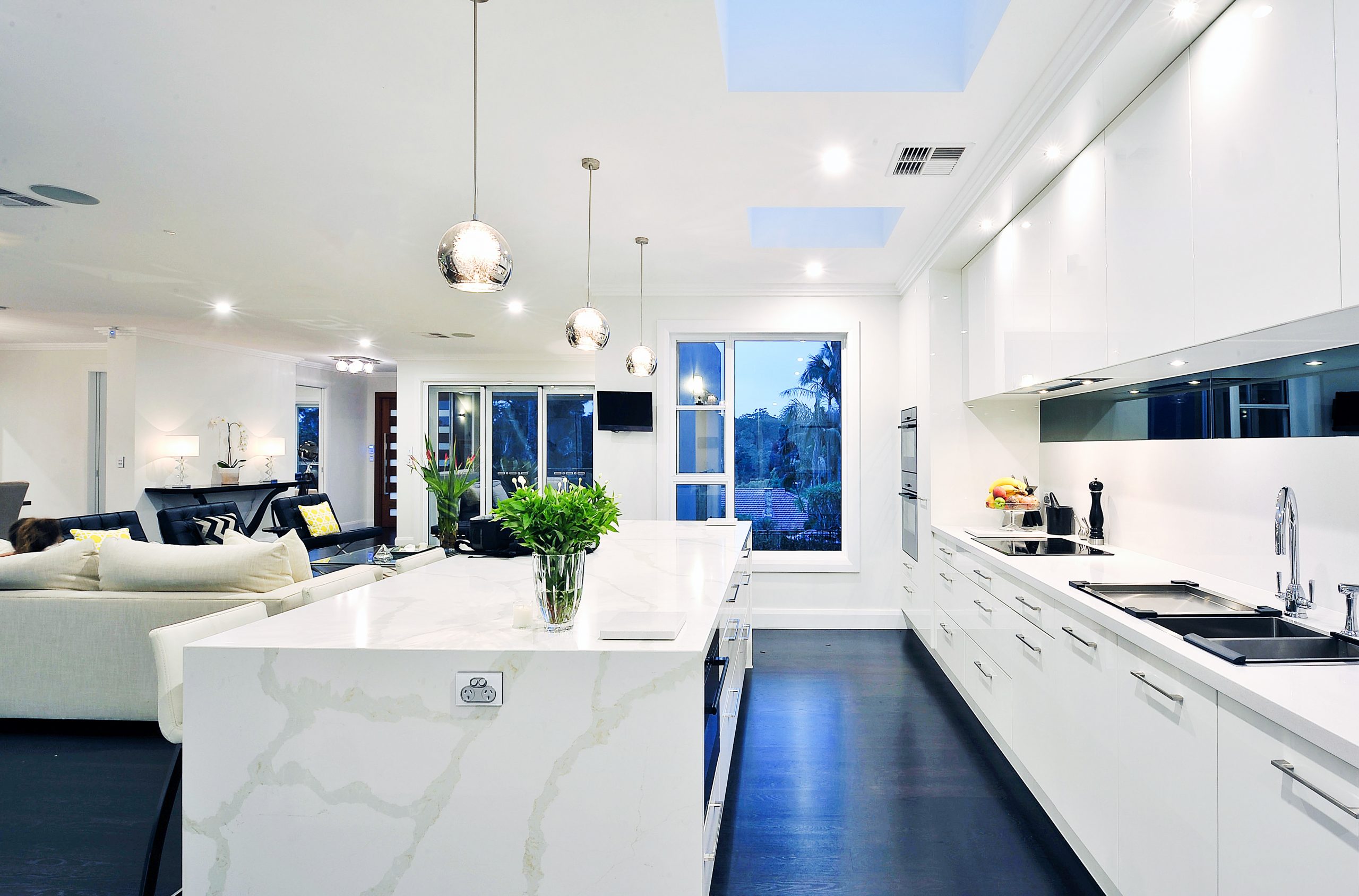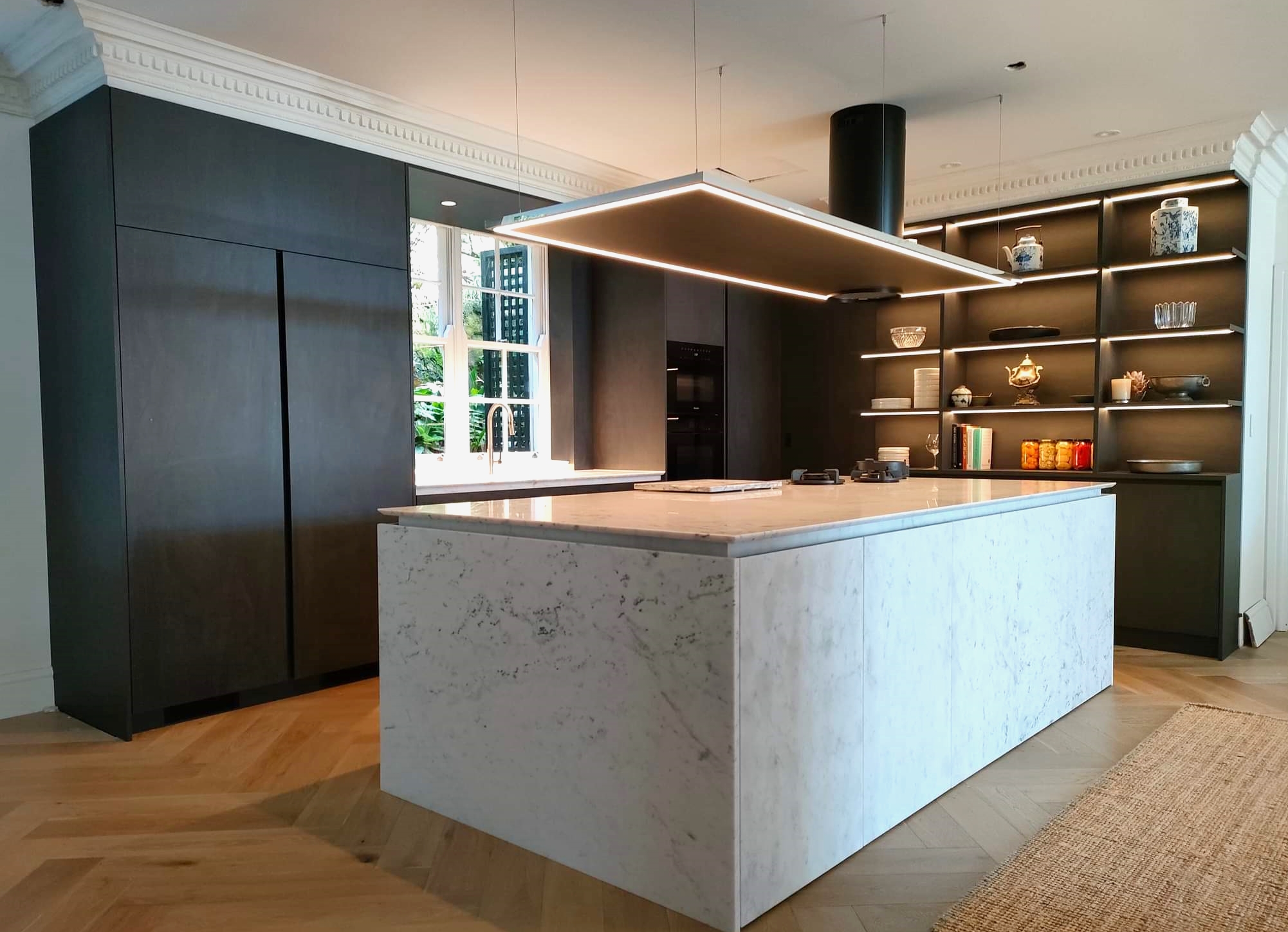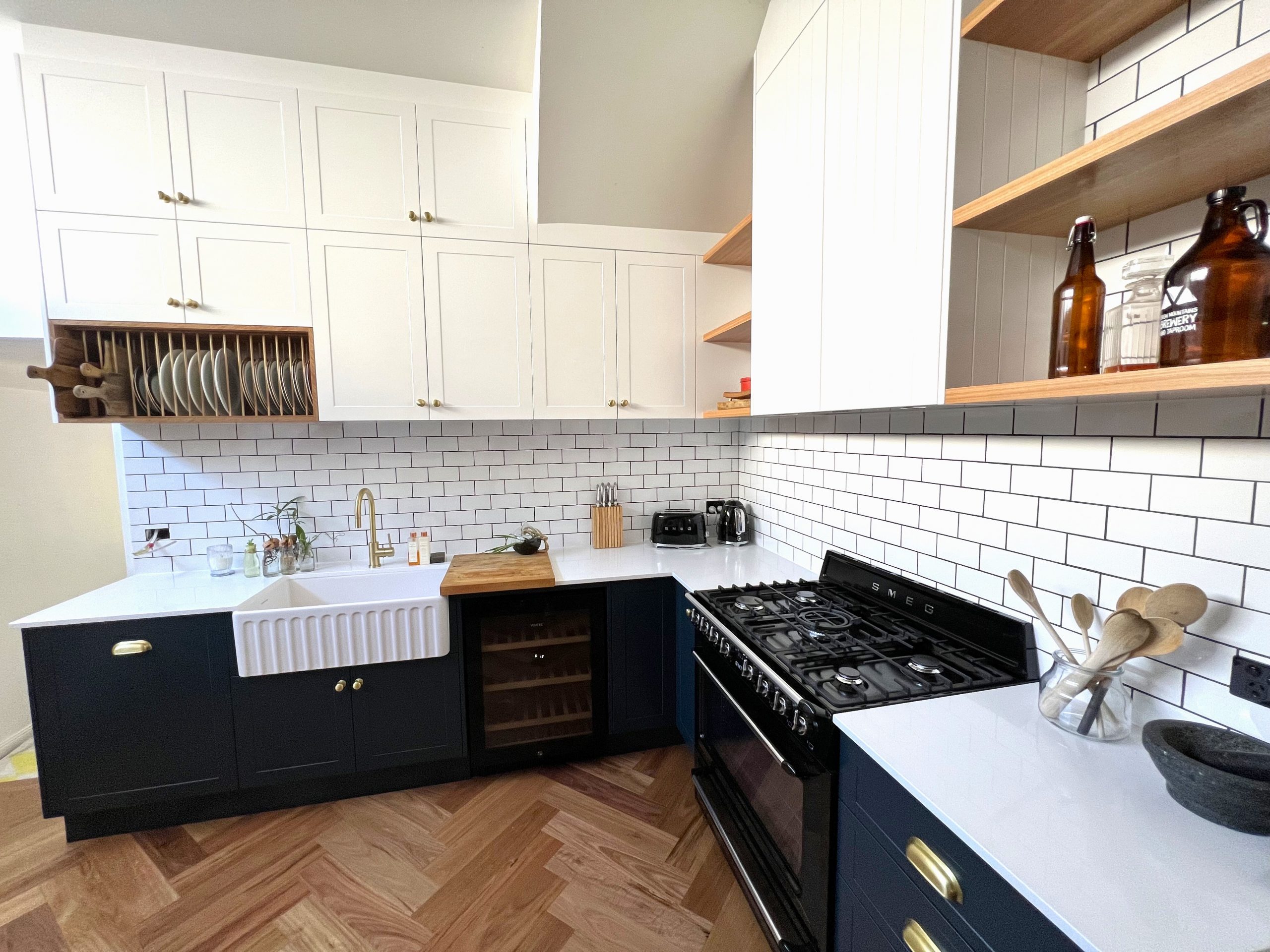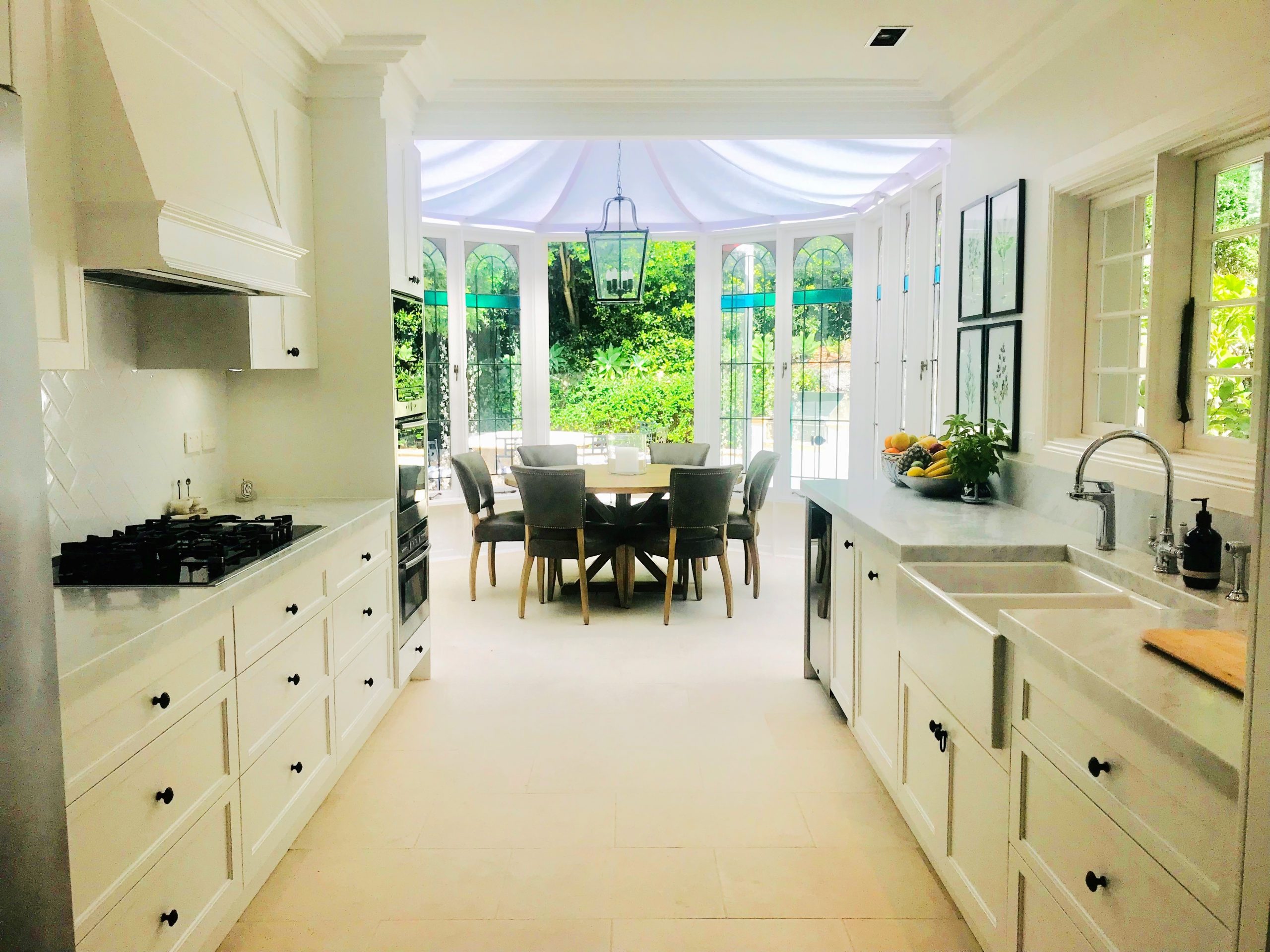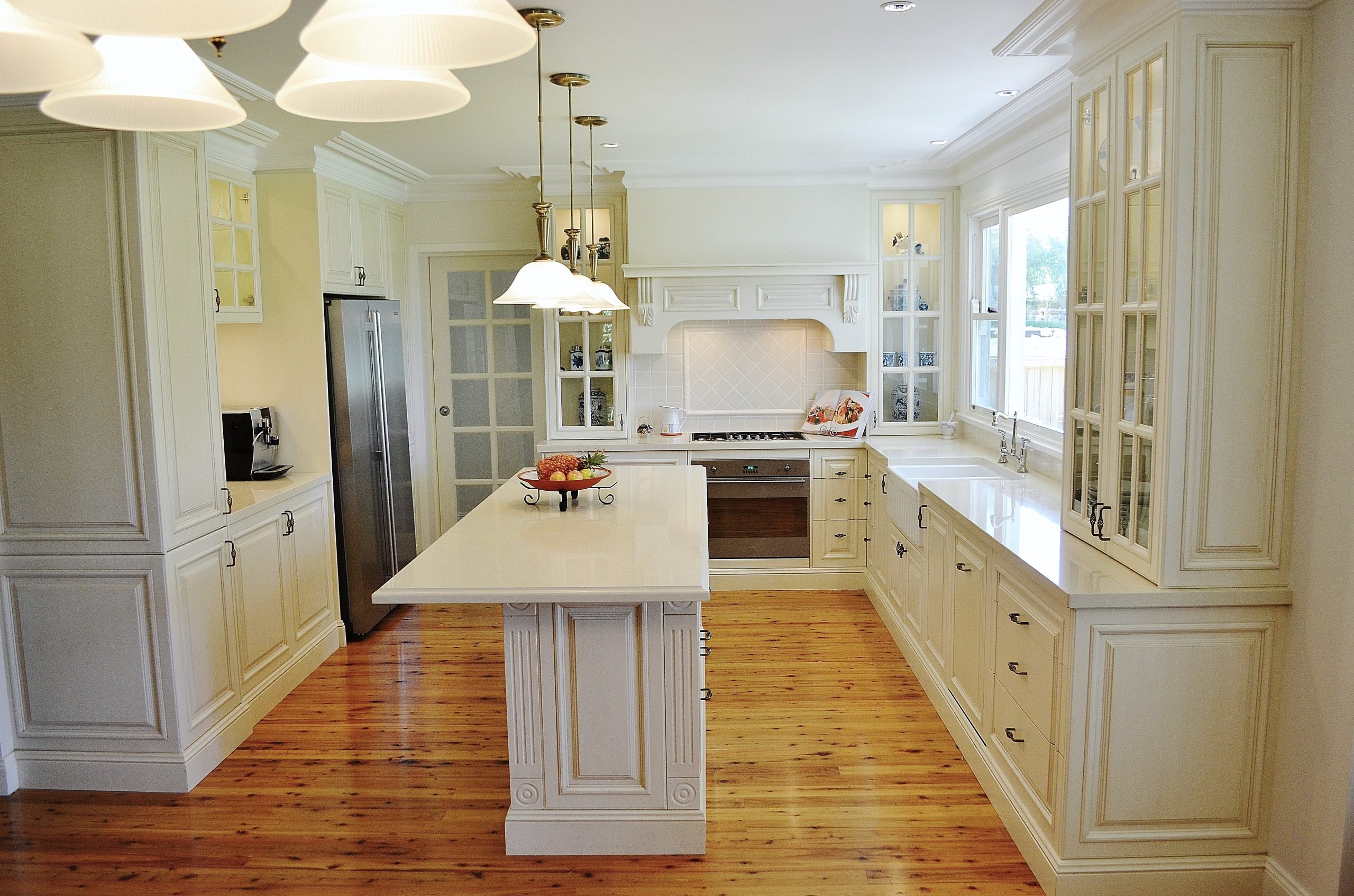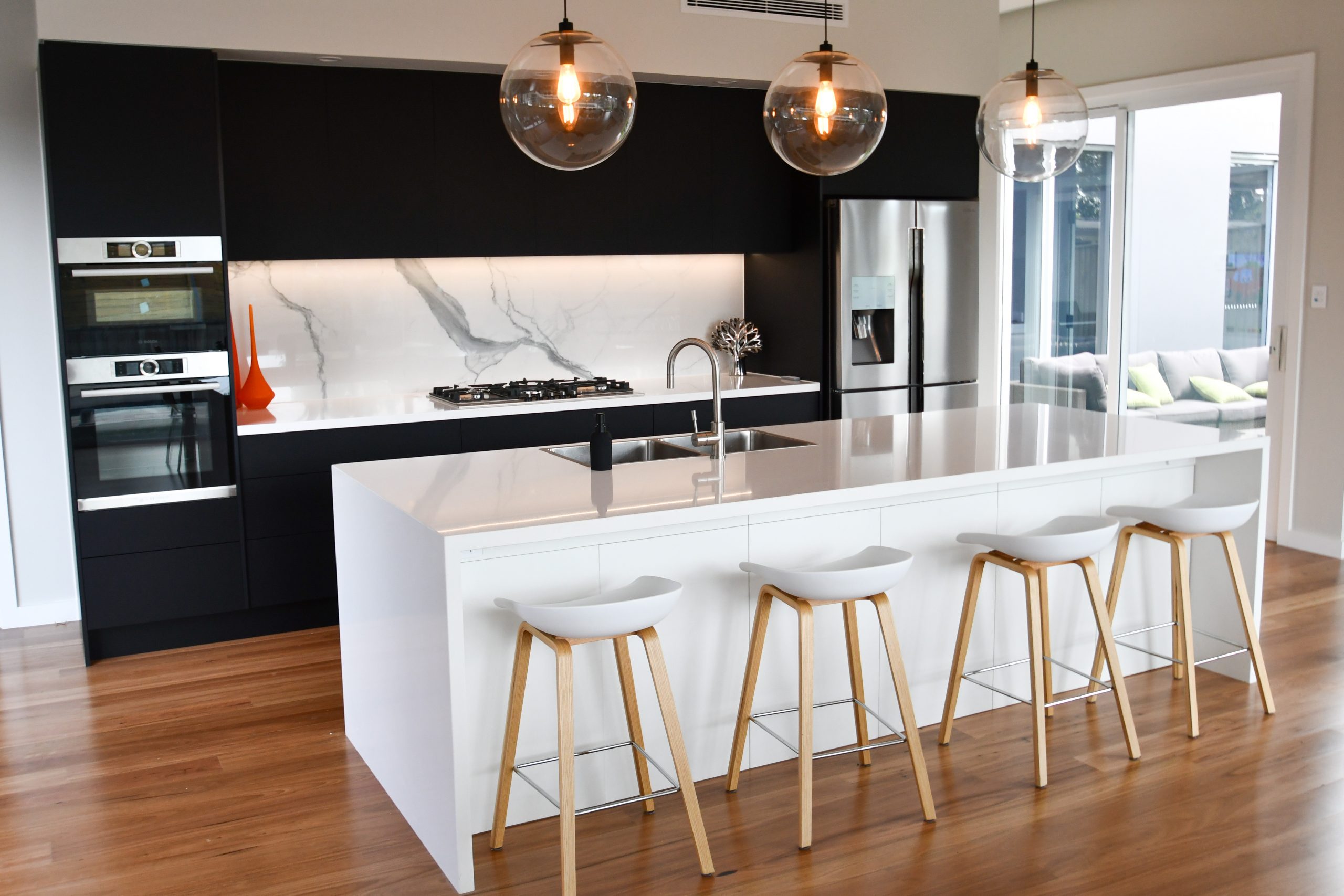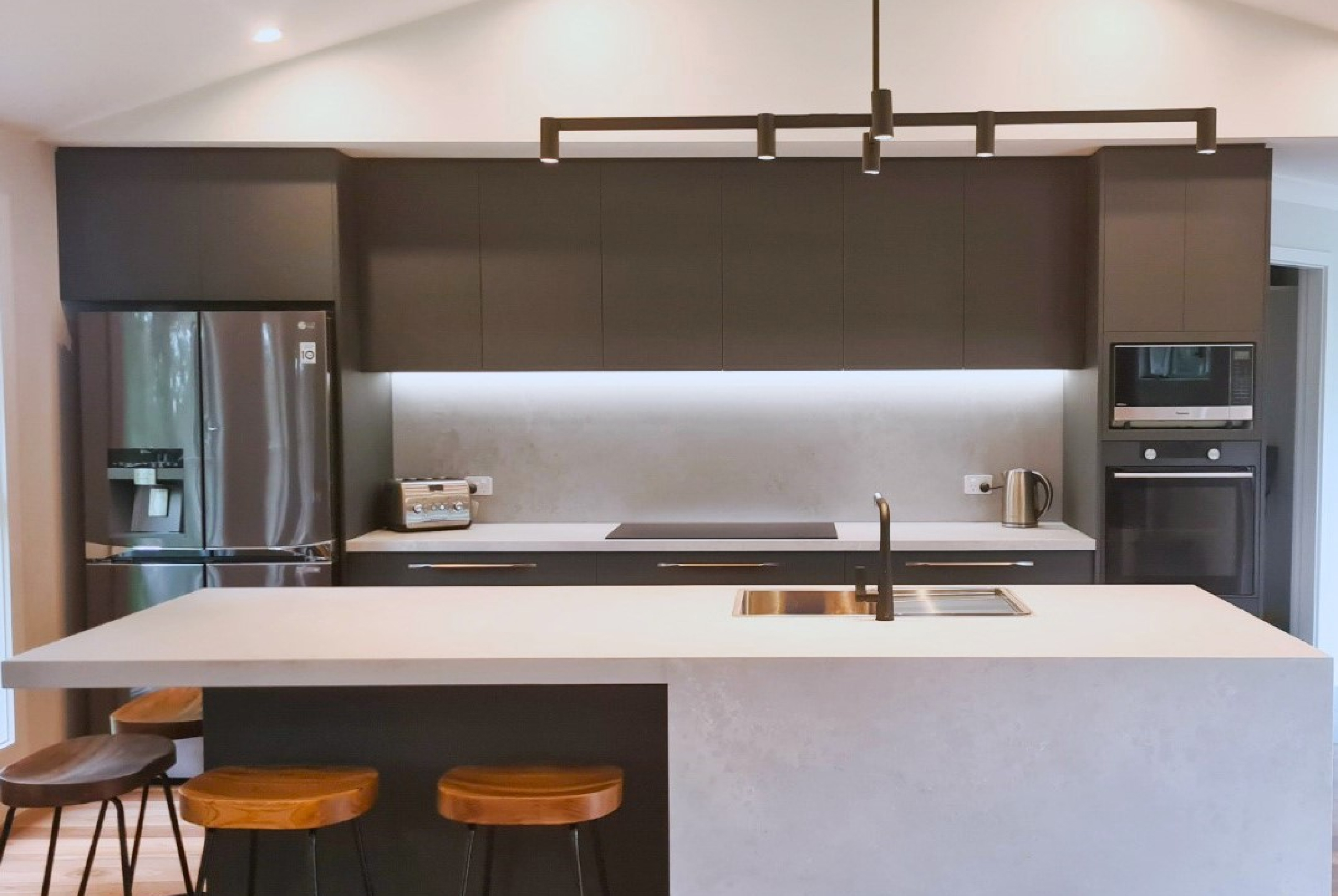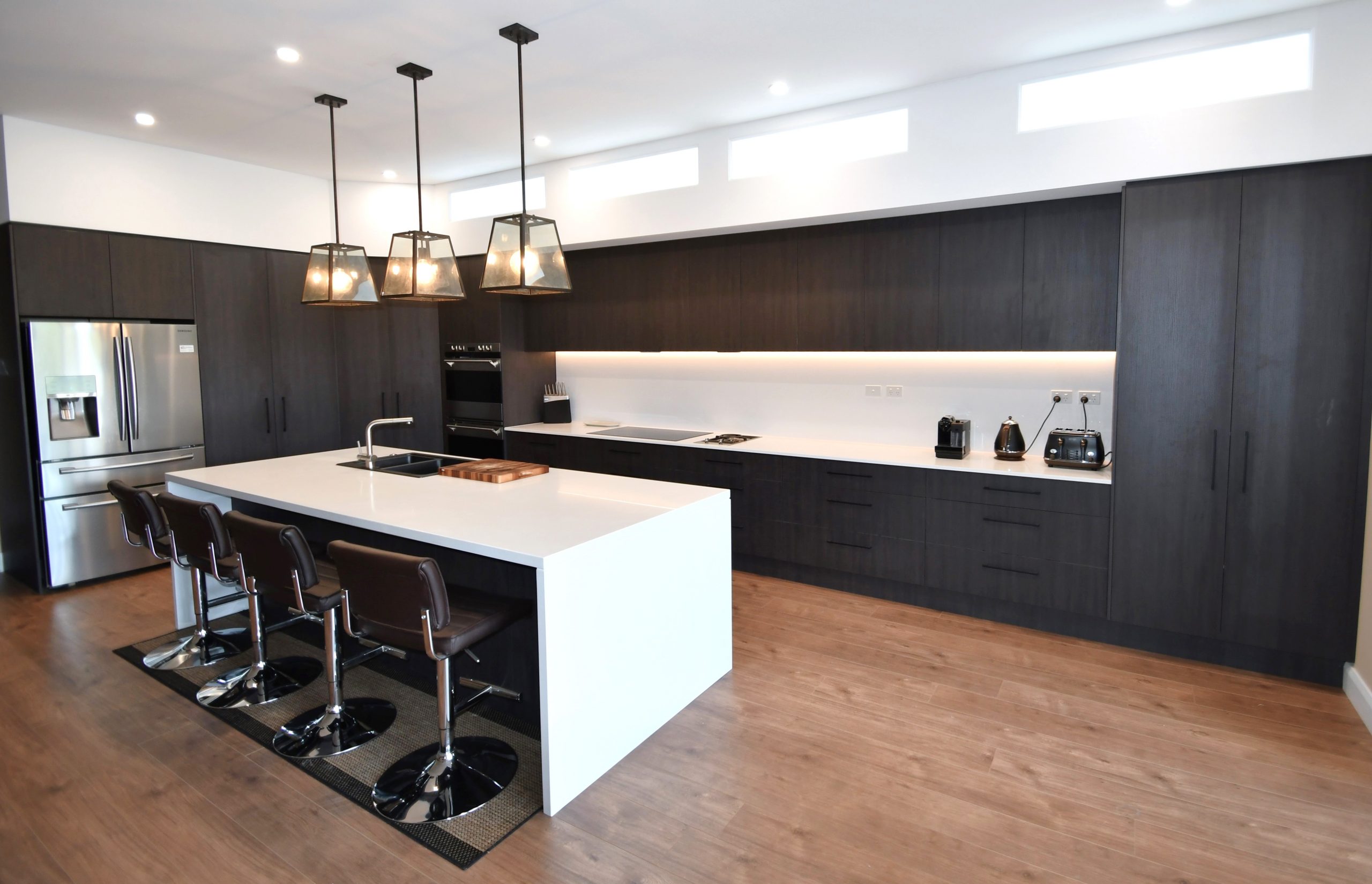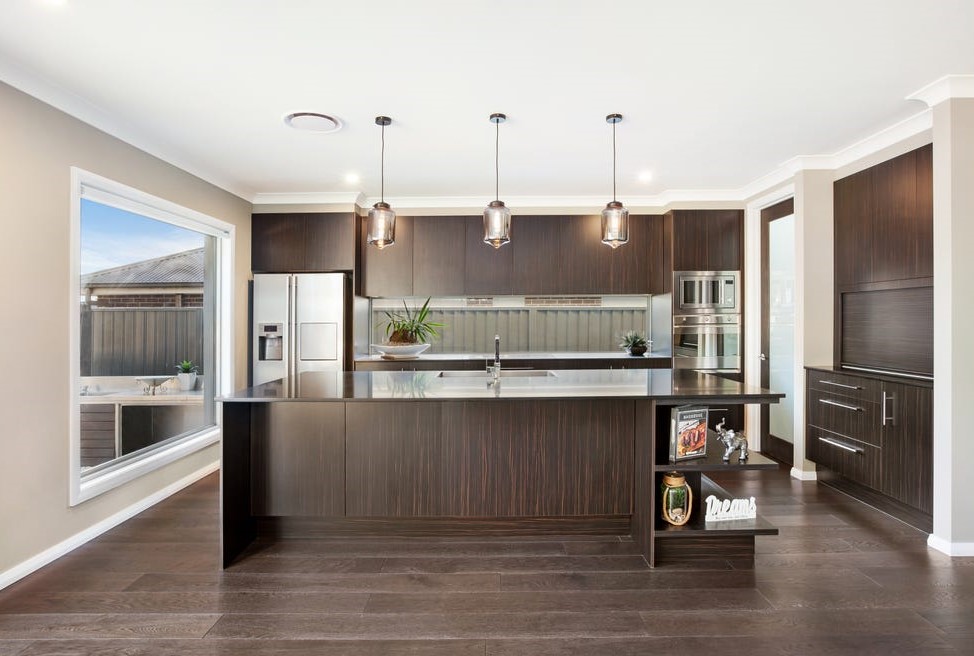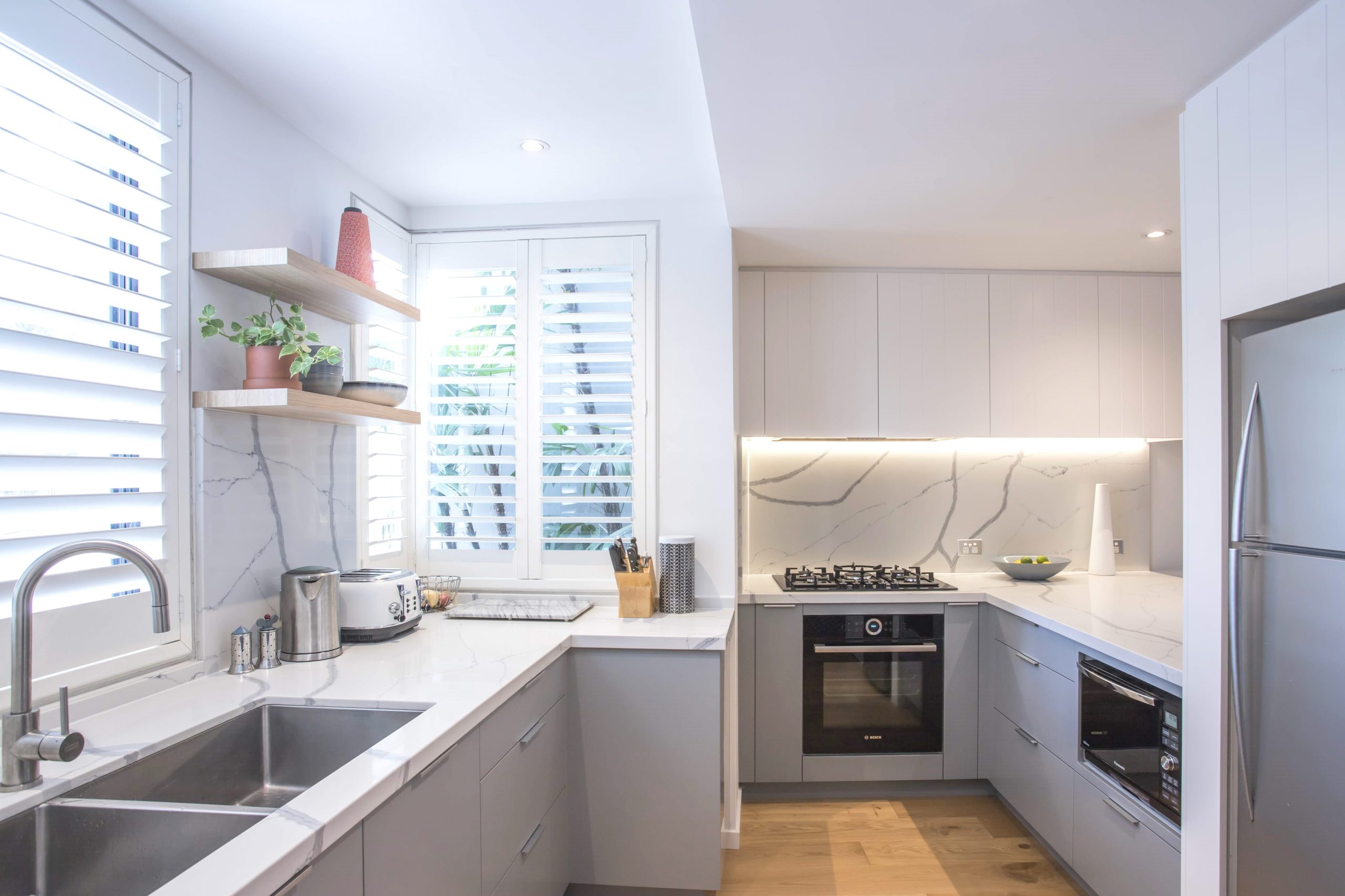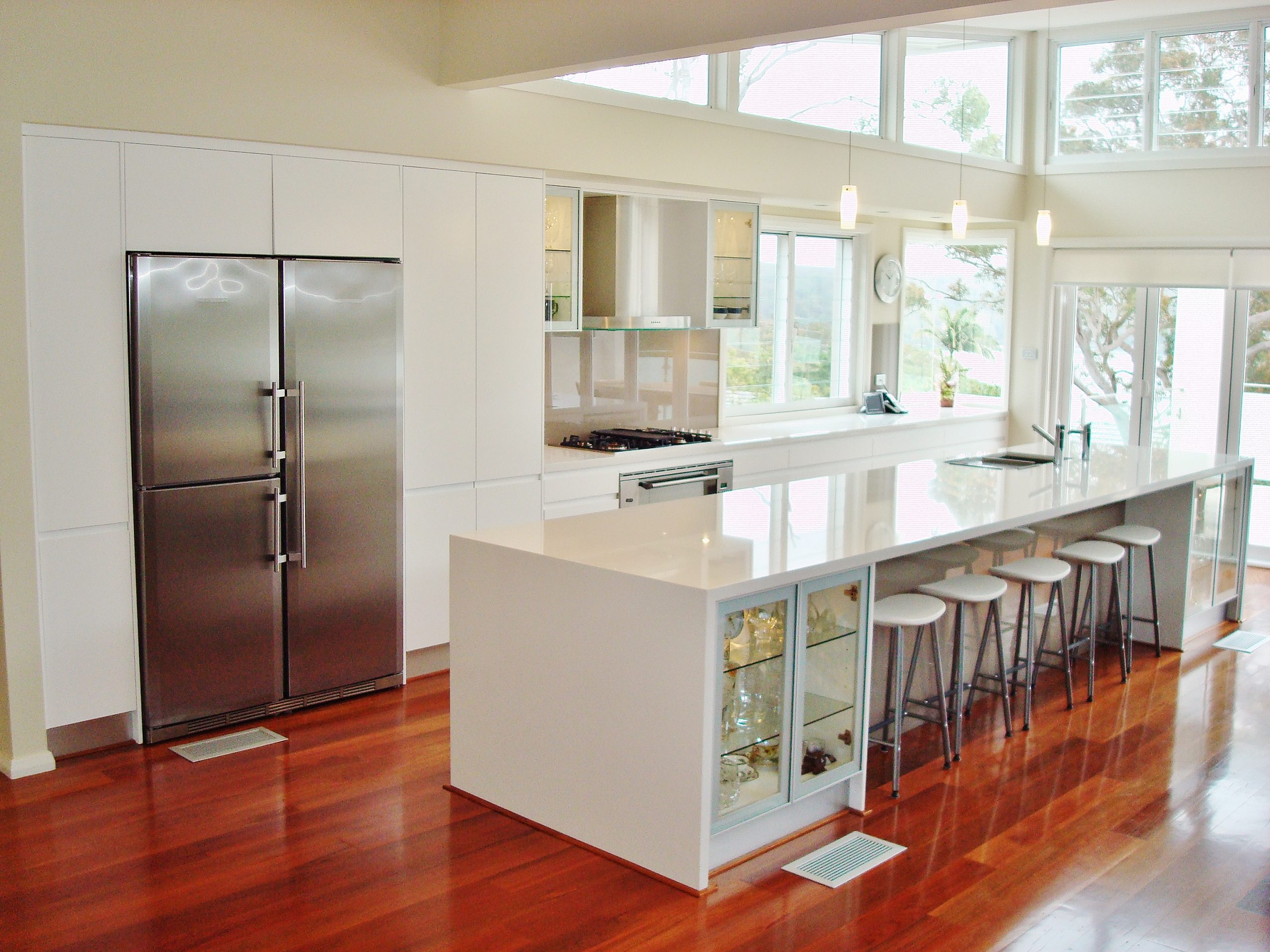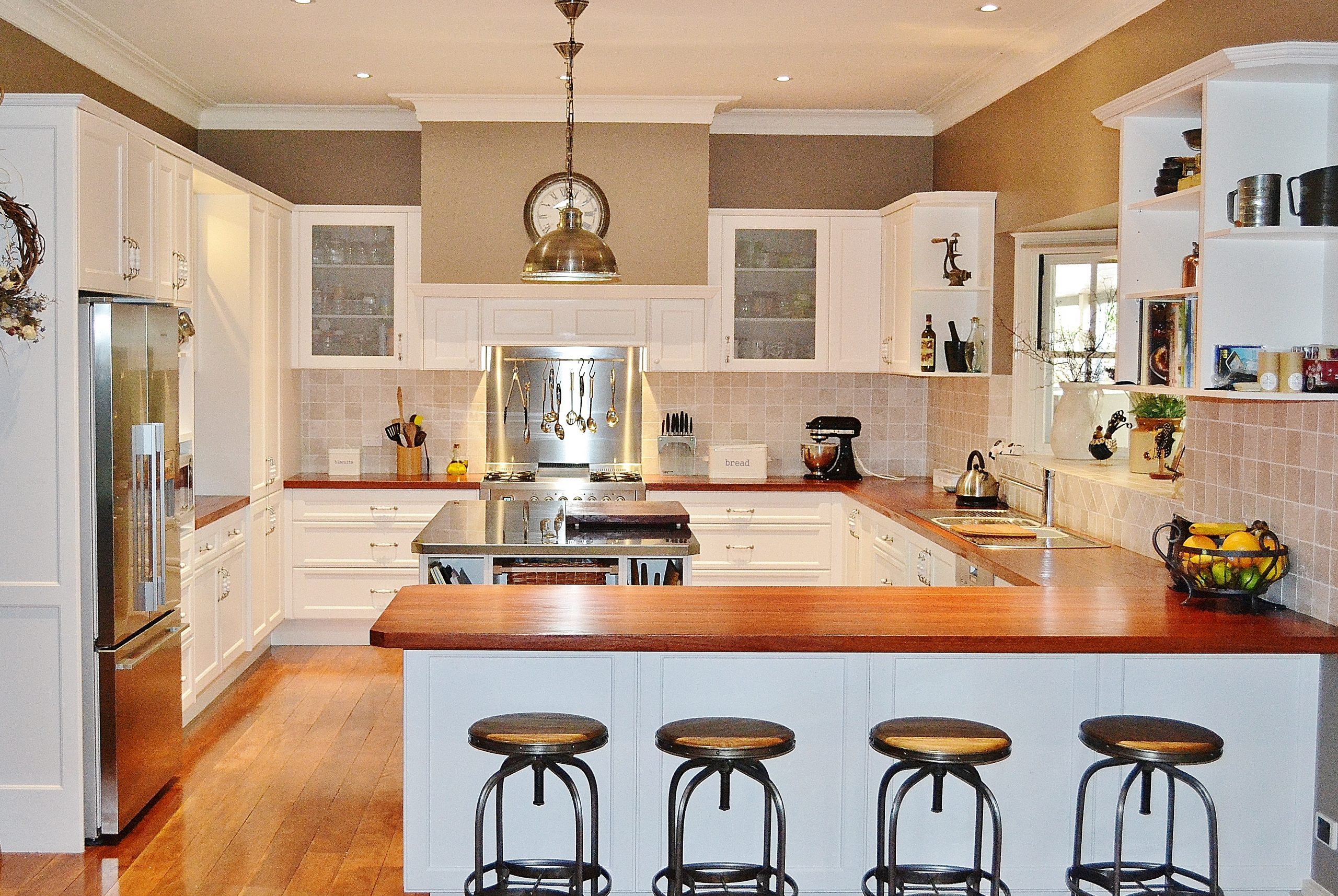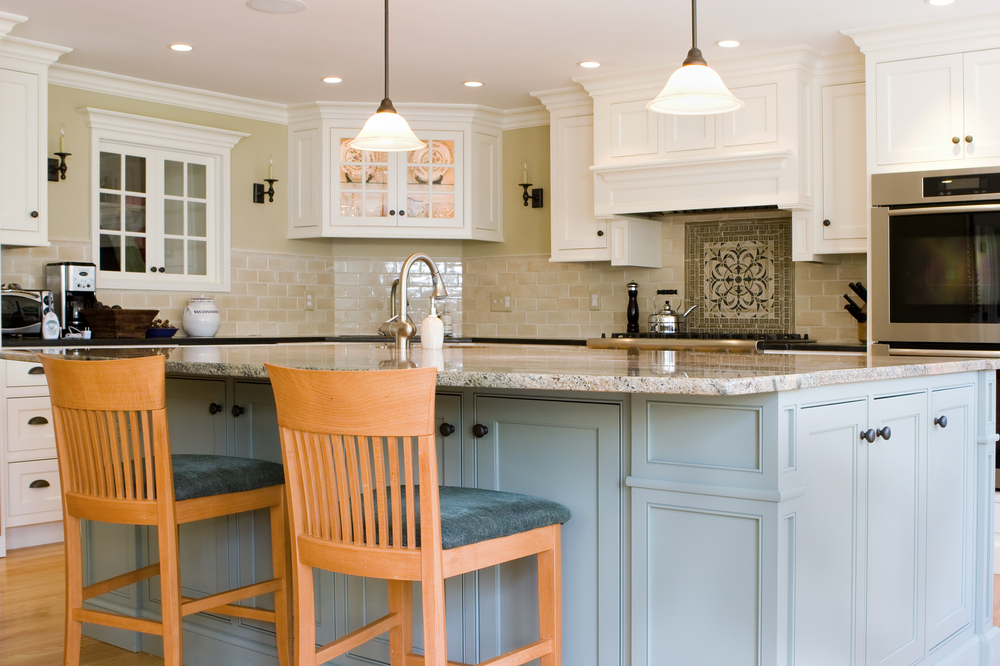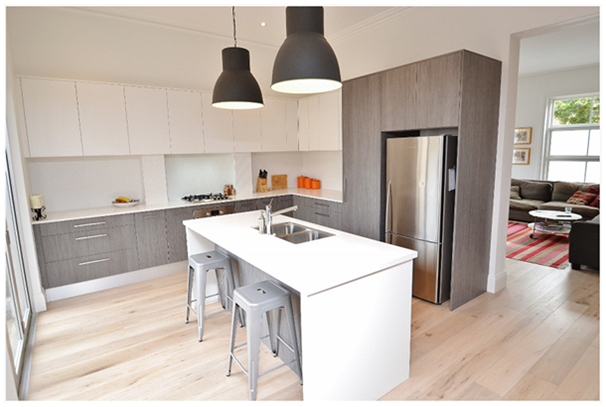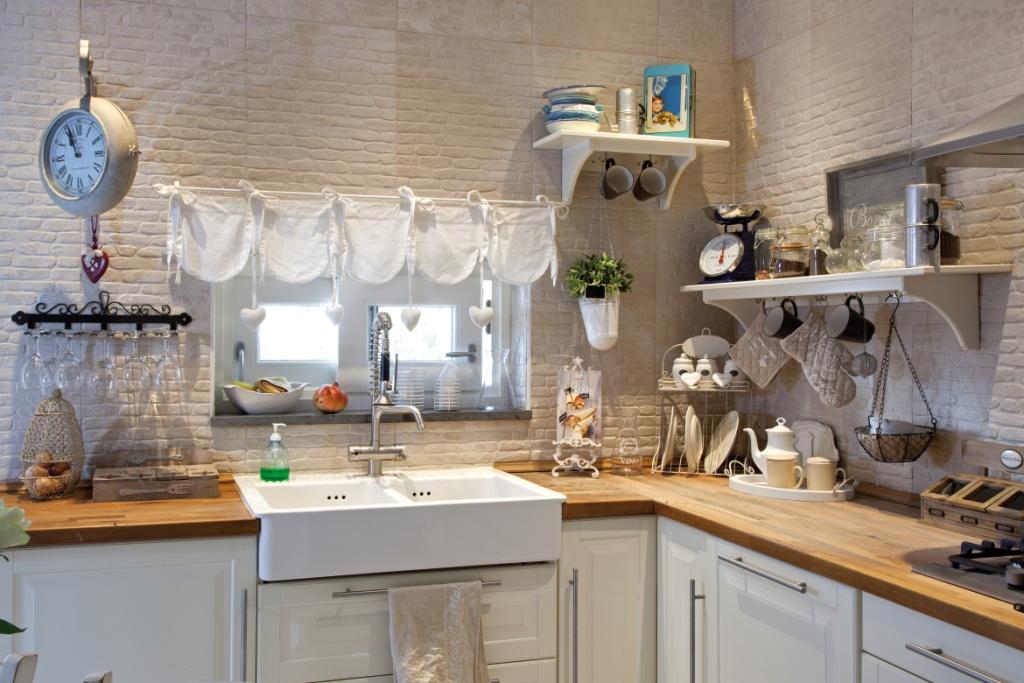This is the first in a series exploring sustainable options for your kitchen.
Now more than ever, people are looking for ways to lower their carbon footprint – against a backdrop of global action around sustainability. Australians are increasingly turning to their own homes and backyards to see what small changes can be made.
The kitchen is a popular choice for eco-friendly renovations because there are many ways to save energy.
Don’t be fooled by its small size, this room can use the most energy in your home, thanks to appliances such as the fridge, dishwasher, stove, and even the humble kettle (which eats up a lot of energy, even when it’s not being used).
Let there be light
Let’s start with lighting. Every master chef or budding apprentice knows the importance of having good lighting in your kitchen, as you chop up a salad or whip up a gourmet meal. You can save at least 75 percent of energy by using efficient technology such as LED light bulbs (instead of incandescent bulbs).
These are clean, bright and small, meaning they can be placed wherever you get power. LED lights have a long shelf life – lasting up to 20 years. They also produce more light and use fewer watts than traditional bulbs.
Low voltage halogen lights are another good option (the most popular globes in Australia). Available in a range of shapes and colours, these are 25 per cent more efficient than traditional lights. They can also be used with a dimmer, if you want to create a more relaxed mood. Although generally more expensive, energy efficient lights will save you a lot of money in the long term.
Where possible, it’s a good idea to use natural light to brighten up your kitchen and lower your electricity bill. If you’re renovating the kitchen, or designing it from scratch, an expert can advise you on the the best layout to maximise light and space.
Clever appliances
Changing your kitchen appliances can make a huge difference too. Energy-efficient technology has spread like wildfire, as businesses catch onto the fact that many Australians want to protect the environment while keeping their energy bills down. When shopping for appliances, keep your eyes peeled for an Energy Star rating label, which means the product is highly efficient. This sticker also shows you how much electricity the product uses in comparison to other appliances, which is useful to know.
These are simply two steps you can take to start saving energy in your kitchen – a win-win for both the environment and yourself. There are so many other worthy ideas out there, which we will explore in the future.




